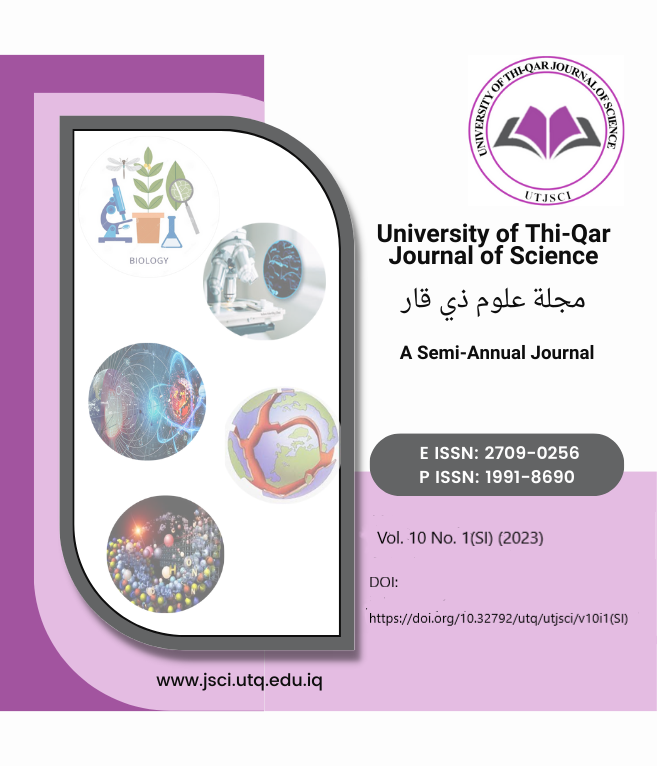Isolation of Bacterial Causative agents for Diabetic Foot patients and Antibiotic Susceptibility test against Bacterial Isolates
DOI:
https://doi.org/10.32792/utq/utjsci/v10i1(SI).1032Keywords:
Diabetic Foot, Bacteria, DM, Antibiotic SusceptibilityAbstract
Background and objective: diabetic foot infections (DFIs) and Diabetes foot ulcers (DFUs)are linked to lower-extremity amputation, hospitalization, and a high morbidity and mortality rate. DFIs/DFUs have varied bacterial communities that influence illness prognosis. Bacterial diversity is assessed in DFUs/DFIs to determine an appropriate therapy.
Methods: The Al-Faiha Specialized Diabetes, Endocrine and Metabolism Center conducted this cross-sectional research from September 15, 2021, to March 22, 2022. The study included 46 patients (26 male and 20 female) suffering from diabetic foot. Bacterial isolates, sensitivity and resistance were diagnosed by Vitek (bioMerieux, French).Results: 21.74% of patients have Gram positive bacteria, 67.39% of patients have Gram negative bacteria, whereas 10.87% showed no growth. In the positive culture showed following percent: Pseudomanasaeroginosa (33%), E. coli (18%), Klebsiella pneumoniae (7%), Enterococcas faecalis (5%), Protuse mirabilis (4%), Staphlococus homenous (4%), Staphlococus ureuse (4%), Lactococcus garvieae (2%), Pseudomanasputida (2%), Serratia plvmuthica (2%), Staphlococus epidermidis (2%), Streptococcus uberis (2%) and no growth (15%).Conclusions: Pseudomonas aeruginosa was the most common bacterium among the polymicrobial infections seen in the majority of DFI specimens. For initial care of these wounds, combination antimicrobial therapy may be necessary.
Downloads
Published
License
Copyright (c) 2023 University of Thi-Qar Journal of Science

This work is licensed under a Creative Commons Attribution 4.0 International License.













